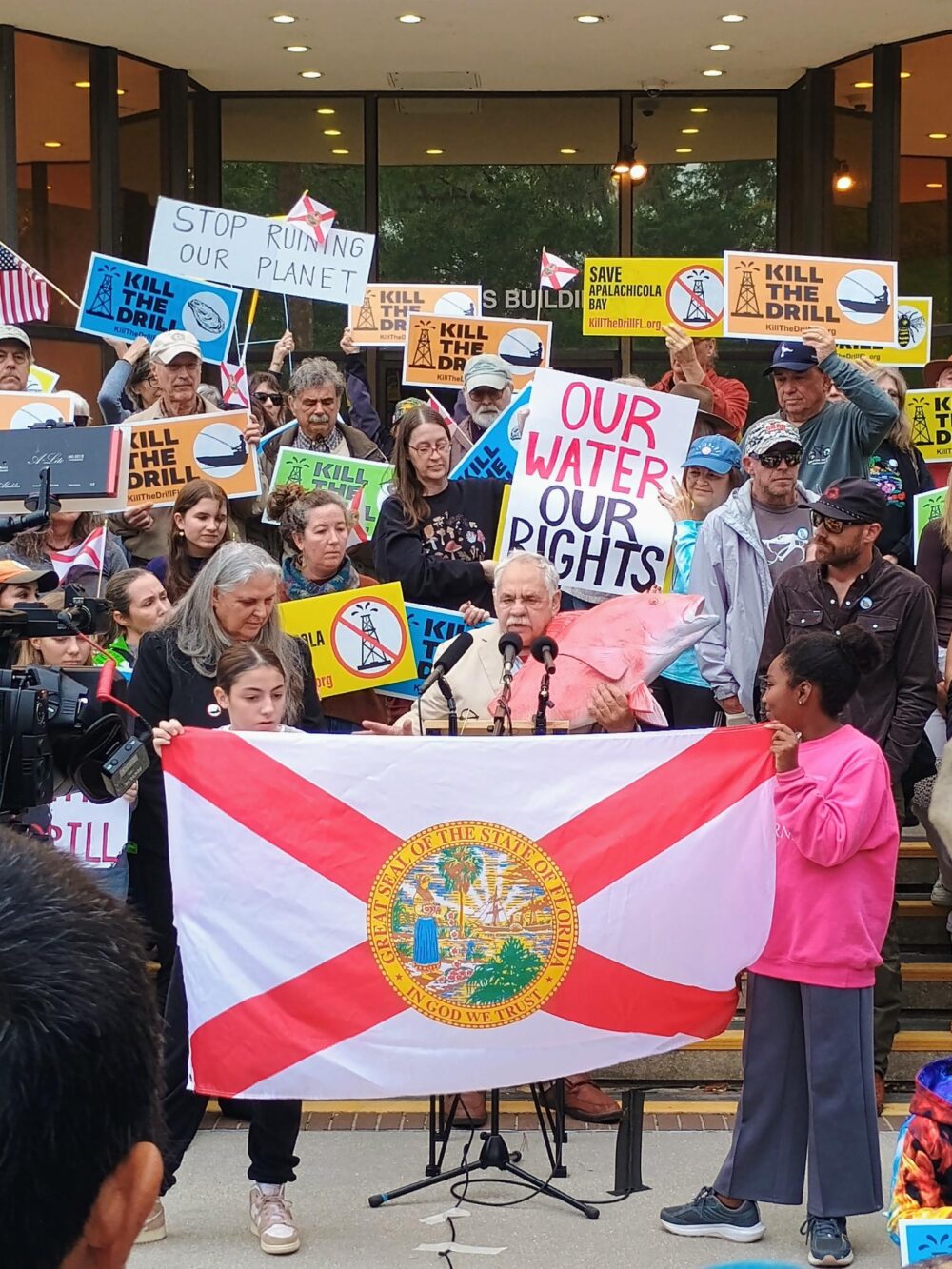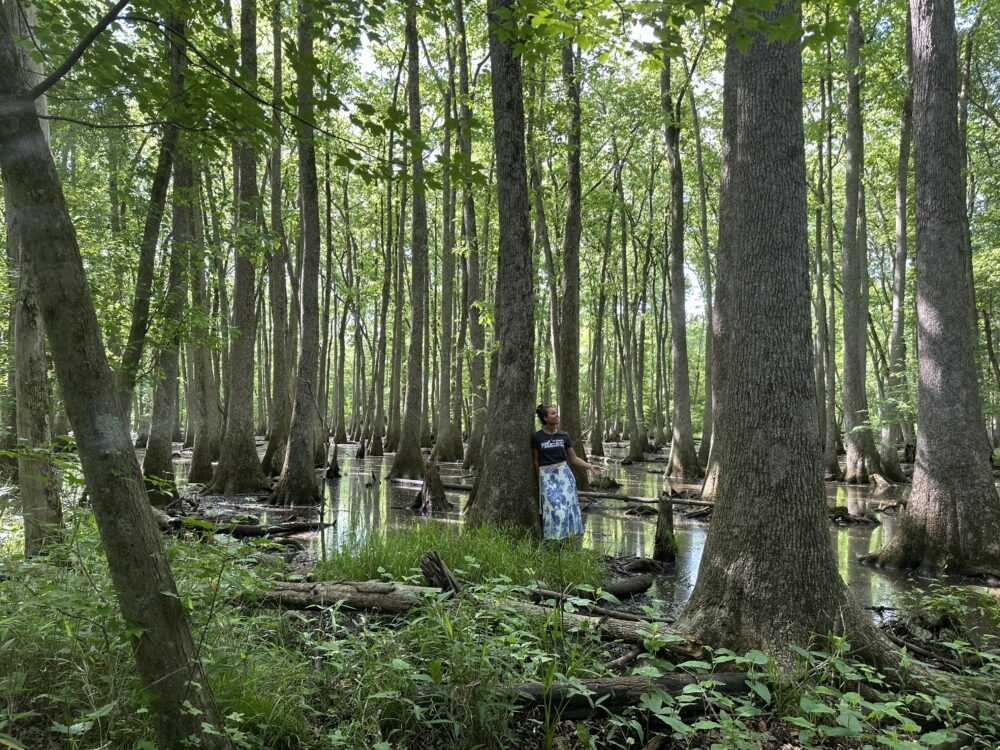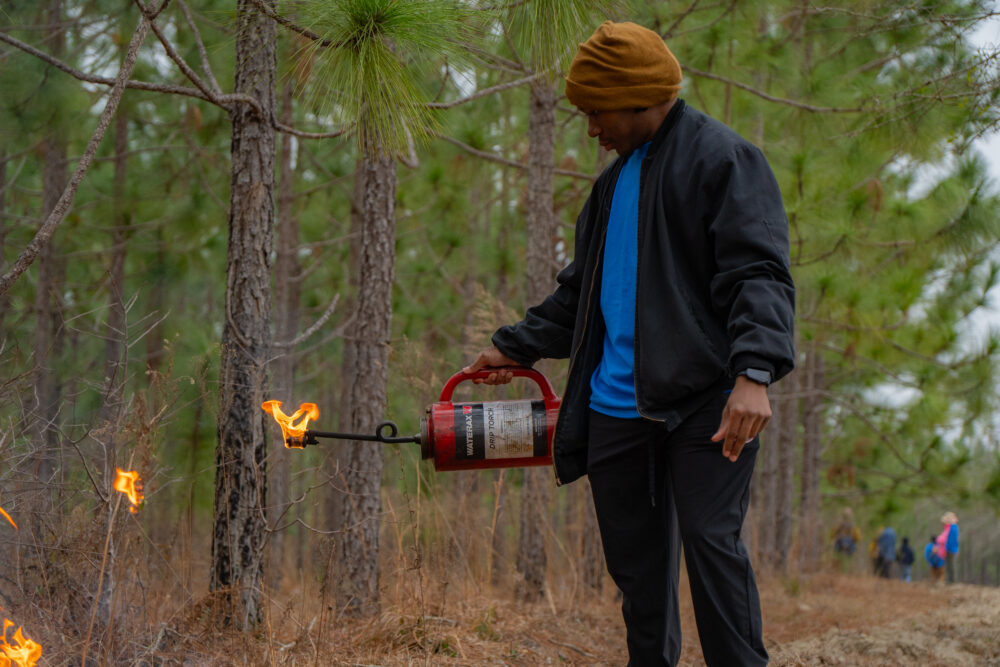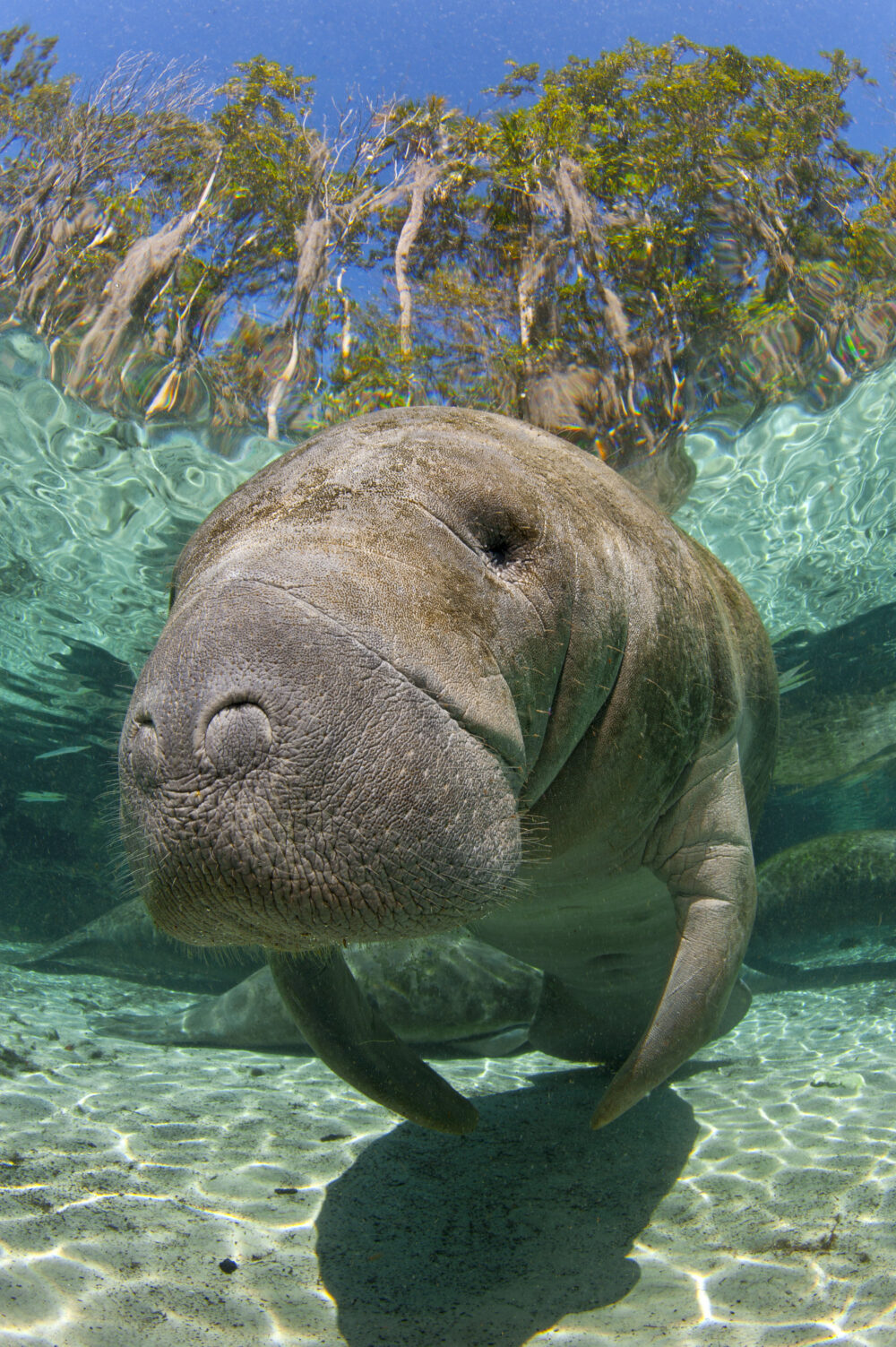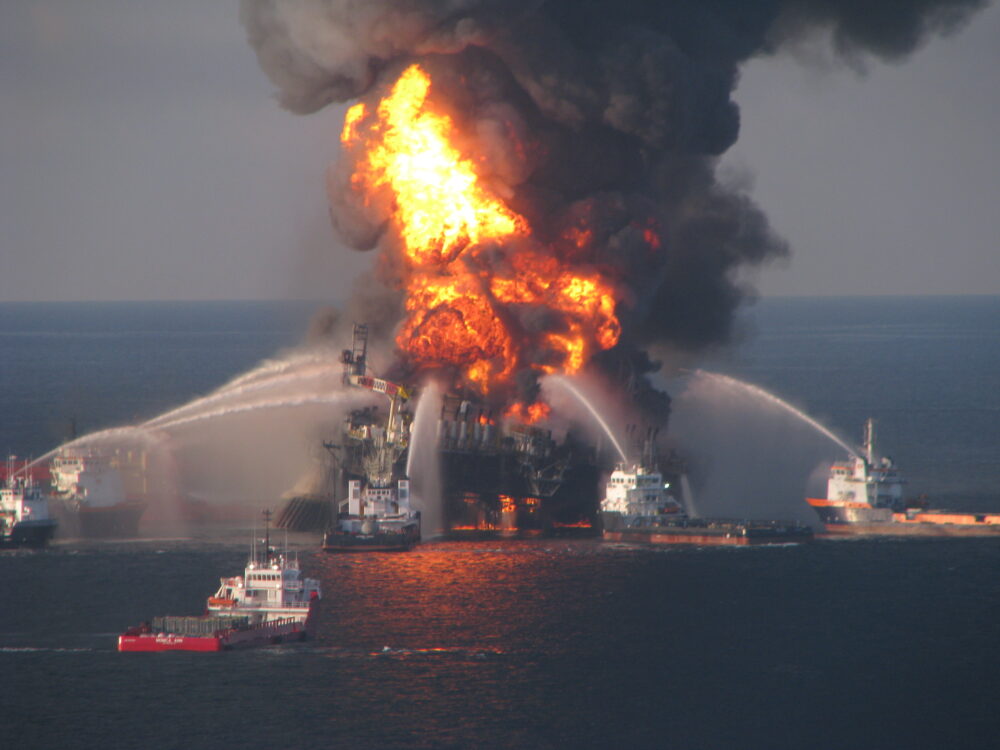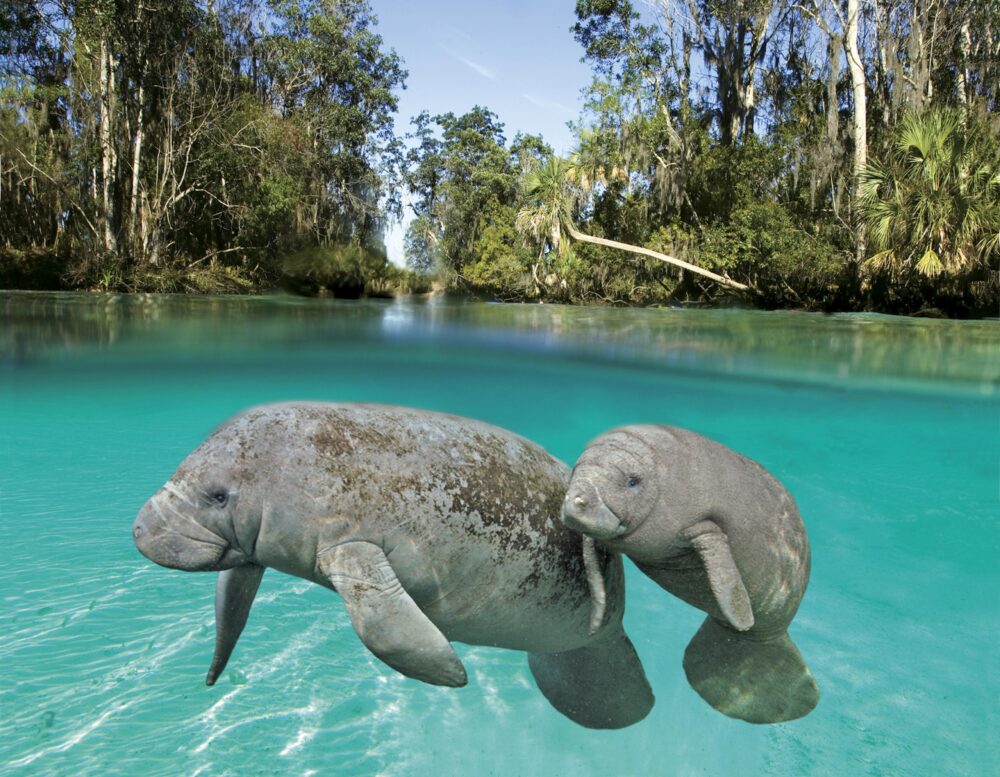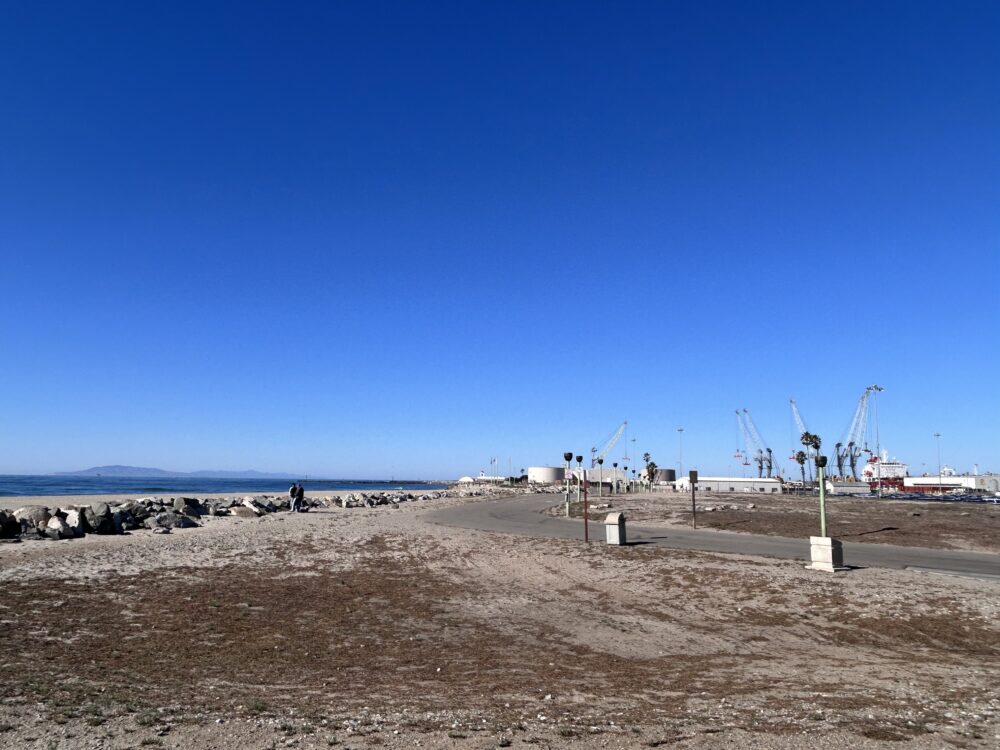We have much more to do and your continued support is needed now more than ever.
Scientist Finds Deadly Effects of Dispersant Used in Gulf Oil Disaster
In the cramped lab at Mote Marine Laboratory’s Tropical Research Lab on Summerland Key in the Florida Keys, Dr. Gretchen Goodbody-Gringley and her team saw firsthand the effects of Corexit 9500 chemical dispersant on the settlement and survival of coral larvae. It wasn’t pretty.

Two corals were selected for the experiments: mustard hill coral (Porites asteroides), and mountainous star coral (Montastraea faveola).
Montastraea (see right) is of particular interest because it is one of the corals that populates the Flower Garden Banks National Marine Sanctuary (NMS) located in the northwestern Gulf, an area close to the BP oil spill. But both corals can be found throughout the Florida Keys NMS which was spared a direct hit and is the subject of much “what if” research.
“We chose the mustard hill because it is a brooder,” said Goodbody-Gringley. “It goes through internal fertilization and releases mature larvae into the water so the larvae are presumably able to settle and start forming into adult colonies immediately after release.”
“Star coral is a broadcaster. It releases sperm and eggs into the water column which then fertilize and the larvae develop in the water. Broadcasters are generally thought to be more fragile than the brooders because larvae have to develop in the water, so they’re exposed to the elements,” she said.
The team used concentrations of Corexit set by an independent panel of scientists who work with the EPA to determine ecologically relevant concentrations of the chemical — the concentration in sea water as days and months pass.
One experiment measured the settlement (larvae settling on a substrate to start growing) and survival (still living in the water column) of coral larvae after exposure to oil, oil-plus-dispersant and dispersant-alone.
“In both the oil-plus-dispersant and the dispersant-alone samples survival and settlement were extremely low,” said Goodbody-Gringley. “In fact, in the high concentrations that we used [to mimic the early days of an oil spill] we had 100% mortality,” she added.

A separate experiment was designed to mimic the effects of an oil spill and response with dispersant on coral larvae in the water column. A time frame of five days was used to represent the normal longevity of coral larvae in the water column. Water was added to the initial concentration each day to correspond to the continued dilution of the chemical. Measurements were then taken at the end of the five day period.
“These results actually mirrored the settlement results,” said Goodbody-Gringley. “We found lower survival in the presence of oil and much lower survival in the presence of dispersant.”
Pressed for exact percentages of mortality, Dr. Goodbody-Gringley would only say “extremely high.” About survival rates she said, “extremely low.”
The experiments are still proceeding through analyses in preparation for submission to peer review, which is why Dr. Goodbody-Gringley hesitates to quote actual numbers. The paper is expected to be submitted within a month or two, though (if accepted) might be published sometime in 2011.
“The survival of larvae is particularly important because this is the one time in the coral’s life when a new coral will be formed,” she said. “Without this critical stage a reef can’t maintain itself. Eventually the reef would die if there is no reproduction happening.”

